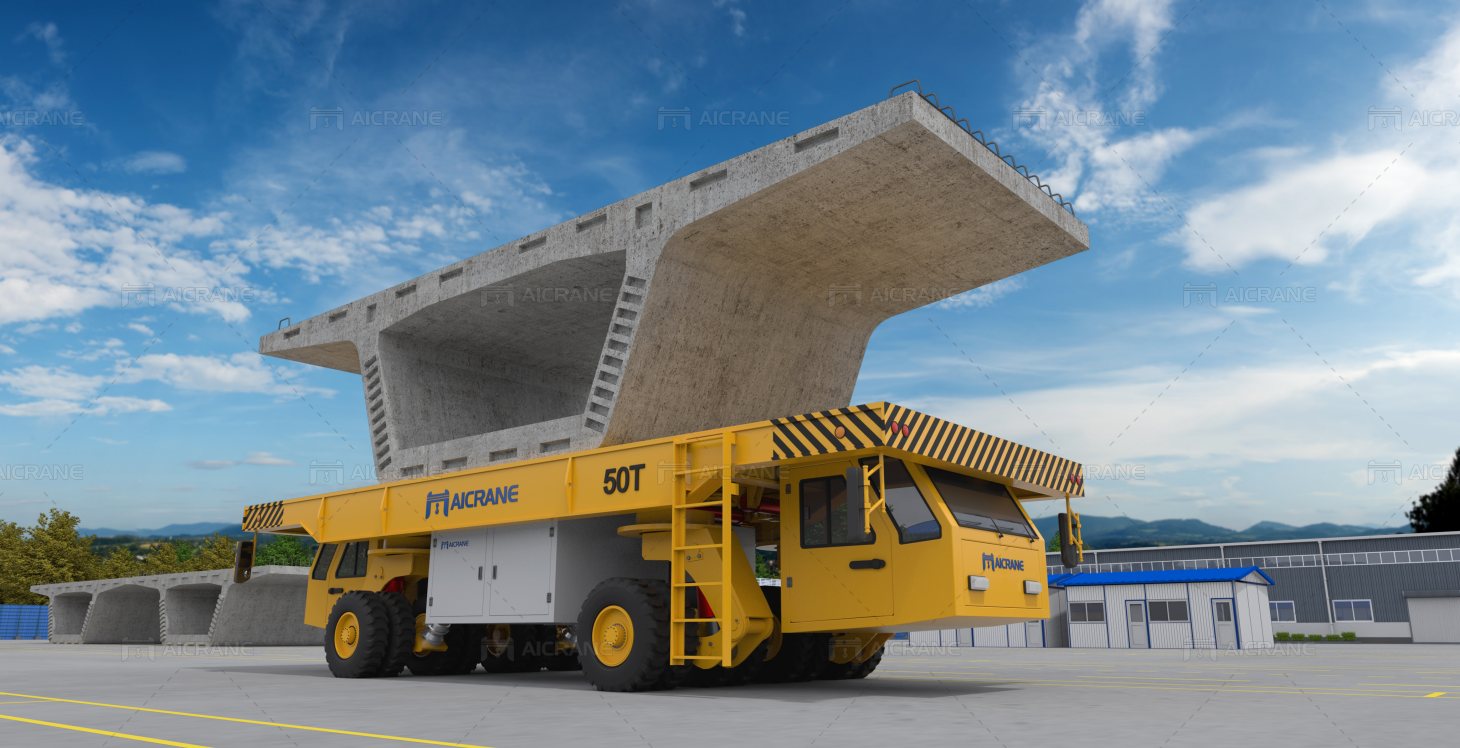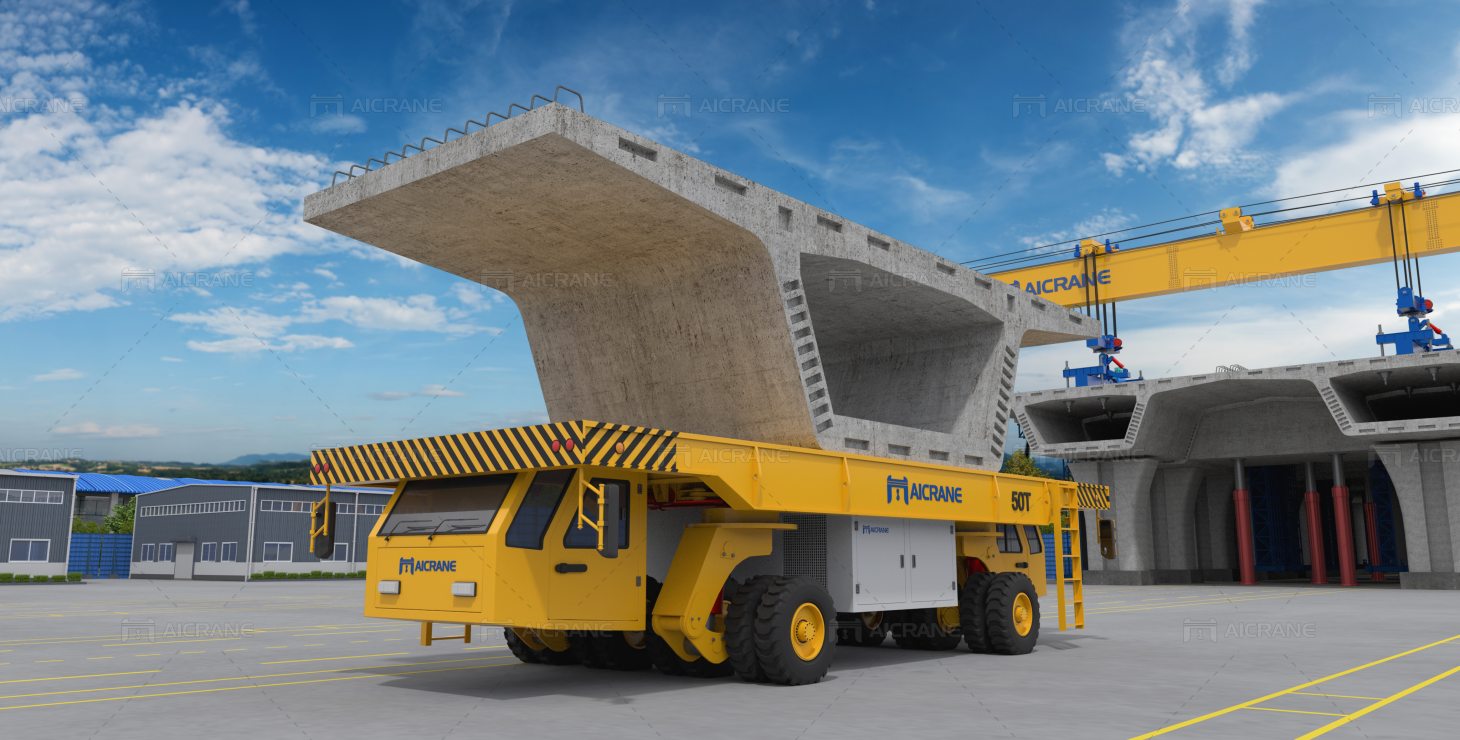In the realm of industrial logistics, the movement of heavy loads poses significant challenges that require innovative solutions. Hydraulic transporters have emerged as pivotal assets in facilitating the seamless and efficient transport of large and heavy materials within industrial settings. From manufacturing plants to construction sites, hydraulic transporters play a crucial role in navigating heavy loads with precision, reliability, and safety, thereby optimizing material transport operations and enhancing overall productivity.
Evolution of Hydraulic Transporters
Hydraulic transporters have undergone significant evolution, driven by the need to transport increasingly heavy and oversized loads in industrial environments. Originally developed as simple hydraulic-powered vehicles, modern hydraulic transporters feature advanced hydraulic systems, rugged construction, and sophisticated control mechanisms. These innovations enable hydraulic transporters to handle a wide range of loads, from machinery components to structural elements, with precision and efficiency.

Key Features and Components
At the heart of hydraulic transporters lies a robust framework supported by hydraulic cylinders, power units, and steering mechanisms. Hydraulic cylinders provide the lifting and lowering capabilities necessary for loading and unloading heavy materials, while the power unit supplies hydraulic pressure to drive the transporter’s movement. Additionally, sophisticated steering systems allow operators to maneuver hydraulic transporters with precision, ensuring smooth navigation through congested industrial environments. In addition to heavy duty hydraulic transporter, there are also eletric transfer cart for loads handling.
Precision Handling of Heavy Loads
One of the primary advantages of hydraulic transporters is their ability to handle heavy loads with precision and control. Equipped with hydraulic lifting systems and adjustable platforms, hydraulic transporters can accommodate loads of varying sizes and shapes, ensuring secure and stable transport. The precise control afforded by hydraulic systems enables operators to maneuver heavy loads with minimal effort, reducing the risk of damage to materials and enhancing operational efficiency.
Versatility Across Industries
Hydraulic transporters find applications across a wide range of industries, including manufacturing, construction, mining, and energy production. In manufacturing plants, hydraulic transporters facilitate the movement of heavy machinery components between production lines, while in construction sites, they transport prefabricated building materials and structural elements with ease. Their versatility and adaptability make hydraulic transporters indispensable assets in diverse industrial settings, where the efficient handling of heavy loads is essential for operational success. Hydraulic platform transporters always work together with straddle carrier cranes and launching gantry cranes for bridge construction applications.

Safety Considerations
Safety is a paramount concern in the operation of hydraulic transporters, particularly when handling large and heavy loads. Comprehensive safety protocols and procedures are implemented to minimize risks and ensure the well-being of personnel and equipment. This includes regular maintenance and inspection of hydraulic systems, adherence to load capacity limits, and the use of safety features such as emergency stop mechanisms and overload protection systems. Additionally, operator training programs emphasize safe operating practices and hazard awareness to mitigate the potential for accidents and injuries.
Advantages Over Traditional Transport Methods
Hydraulic transporters offer several advantages over traditional transport methods, such as cranes and forklifts, particularly when dealing with heavy and oversized loads. Unlike cranes, which require extensive setup and maneuvering space, hydraulic transporters offer a compact and maneuverable solution for transporting materials within confined industrial environments. Similarly, hydraulic transporters eliminate the need for manual lifting and handling associated with forklifts, reducing labor costs and minimizing the risk of workplace injuries.
Hydraulic transporters play a pivotal role in navigating heavy loads with precision, efficiency, and safety in industrial logistics operations. From their humble origins to their modern-day applications, hydraulic transporters have revolutionized the way heavy materials are transported within industrial settings. With their versatility, reliability, and precise handling capabilities, hydraulic transporters continue to be indispensable assets in industries where the movement of heavy loads is a fundamental aspect of operations. As industrial logistics evolve to meet the demands of an ever-changing landscape, hydraulic transporters will remain at the forefront, driving efficiency and innovation in material transport processes. To know different lifting solutions, you can visit this website https://aicraneglobal.com/.
